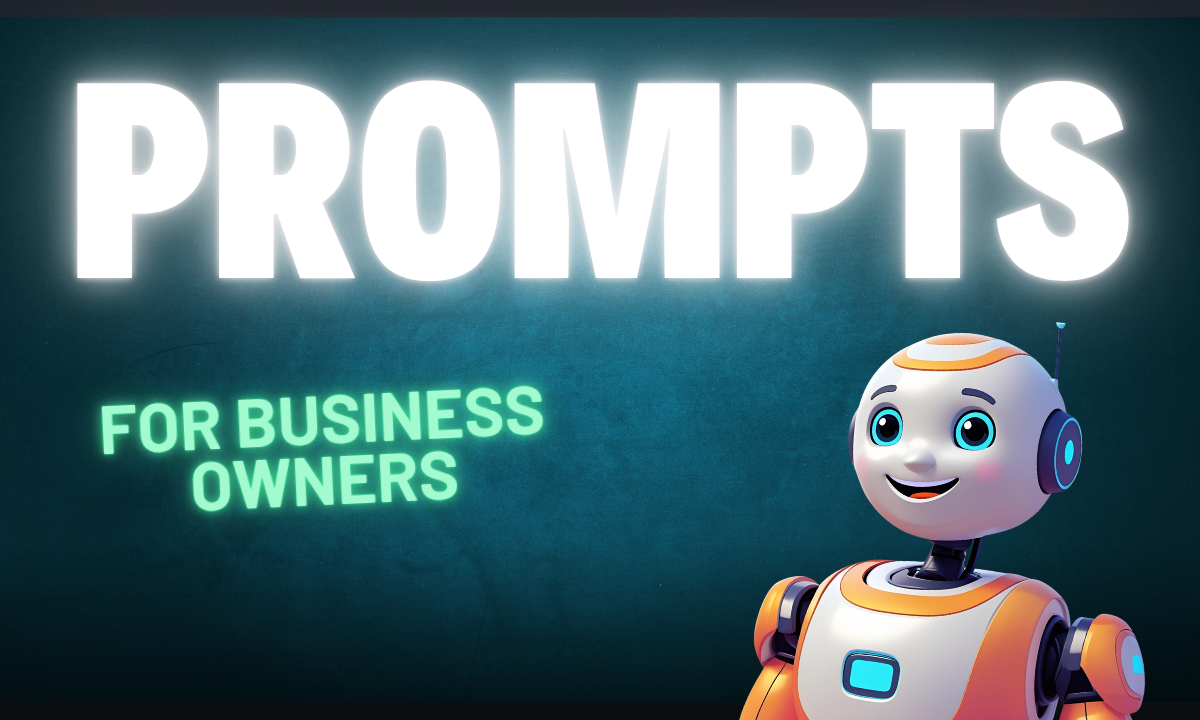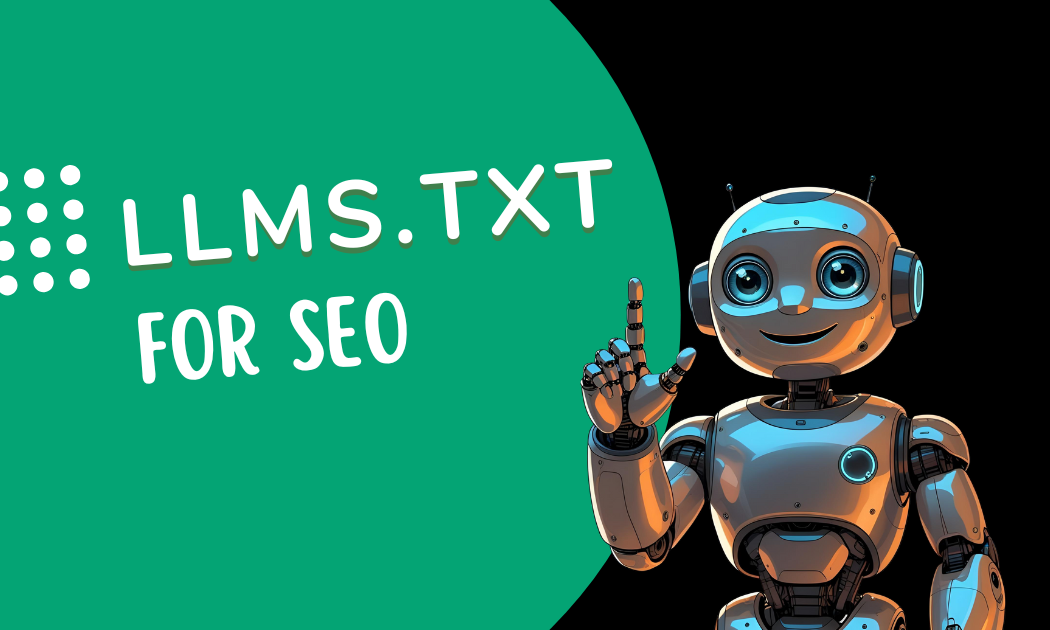Best AI Prompts for Business Owners to Streamline Work and Boost Productivity
Artificial intelligence (AI) is transforming how business owners operate, offering tools to automate tasks, enhance decision-making, and improve customer experiences. For small business owners, mastering AI prompts—specific instructions given to AI models—can unlock significant time savings and productivity gains. This article explores the most effective AI prompts for business owners, different prompting techniques, and practical applications to make work easier and more efficient.
Why AI Prompts Matter for Business Owners
AI prompts act as a bridge between human intent and machine output. Well-crafted prompts enable business owners to leverage AI for tasks like generating marketing content, analyzing data, or streamlining customer service. By understanding how to prompt effectively, entrepreneurs can save time, reduce costs, and focus on strategic growth.
Benefits of Using AI Prompts
- Automation: Automate repetitive tasks like email drafting or social media content creation.
- Insight Generation: Extract actionable insights from customer feedback or sales data.
- Scalability: Handle complex tasks without hiring additional staff.
- Cost Efficiency: Reduce reliance on expensive software or consultants.
Types of Prompting Techniques
Crafting effective prompts requires understanding different approaches. Here are the main techniques business owners can use:
1. Direct Prompting
Direct prompts are straightforward instructions. They work well for simple tasks.
- Example: “Write a 100-word product description for a handmade leather wallet.”
- Use Case: Generating quick content or summarizing information.
2. Contextual Prompting
Contextual prompts provide background information to guide the AI’s response.
- Example: “Act as a marketing expert for a small coffee shop. Create a 200-word Instagram post to promote a new seasonal latte, targeting young professionals.”
- Use Case: Tailoring content to specific audiences or scenarios.
3. Step-by-Step Prompting
This technique breaks tasks into smaller steps, ideal for complex projects.
- Example: “First, analyze the following customer feedback: [insert feedback]. Then, suggest three improvements to our service based on the analysis.”
- Use Case: Problem-solving or strategic planning.
4. Role-Based Prompting
Role-based prompts instruct the AI to adopt a specific persona, such as a consultant or copywriter.
- Example: “Act as a financial advisor. Recommend three cost-cutting strategies for a retail business with a $50,000 monthly budget.”
- Use Case: Expert advice or niche content creation.
5. Iterative Prompting
Iterative prompts involve refining AI outputs through follow-up instructions.
- Example: “Generate a tagline for a fitness brand. If the tagline isn’t catchy, revise it to be more energetic.”
- Use Case: Perfecting creative outputs like slogans or designs.
Best AI Prompts for Business Owners
Below are practical, high-impact prompts categorized by business needs. These examples are designed for small business owners and can be used with AI tools like Grok, ChatGPT, or other platforms.
1. Marketing and Content Creation
Marketing is a time-intensive task, but AI can generate compelling content quickly.
- Prompt: “Create a 300-word blog post about the benefits of eco-friendly packaging for a sustainable skincare brand targeting millennials.”
- Prompt: “Write five Instagram captions for a bakery launching a new line of gluten-free cupcakes. Include hashtags and a call-to-action.”
- Prompt: “Act as a copywriter. Develop a 50-word ad for a local gym’s summer membership discount, emphasizing community and fitness goals.”
2. Customer Service
AI can enhance customer interactions by drafting responses or analyzing feedback.
- Prompt: “Draft a polite email response to a customer complaining about a delayed order, offering a 10% discount on their next purchase.”
- Prompt: “Analyze the following customer reviews: [insert reviews]. Identify common pain points and suggest two solutions to improve satisfaction.”
- Prompt: “Create a chatbot script for a retail website to answer FAQs about shipping and returns.”
3. Data Analysis and Decision-Making
AI can process data to provide actionable insights.
- Prompt: “Summarize the following sales data: [insert data]. Highlight the top-performing product and recommend a pricing strategy.”
- Prompt: “Act as a business analyst. Review the following competitor website: [insert URL]. Suggest three strategies to differentiate our e-commerce store.”
- Prompt: “Based on the following budget: [insert budget], recommend three areas to allocate funds for maximum ROI.”
4. Time Management and Productivity
AI can help prioritize tasks and streamline workflows.
- Prompt: “Create a weekly schedule for a small business owner managing marketing, inventory, and customer service. Include time blocks for each task.”
- Prompt: “Draft a to-do list for launching a new product, including marketing, logistics, and customer outreach tasks.”
- Prompt: “Act as a productivity coach. Suggest three time-management techniques for a business owner overwhelmed by administrative tasks.”
5. Financial Planning
AI can offer insights into budgeting and cost optimization.
- Prompt: “Act as a financial consultant. Suggest three ways to reduce overhead costs for a restaurant with a $10,000 monthly budget.”
- Prompt: “Analyze the following expense report: [insert report]. Identify areas of overspending and recommend adjustments.”
- Prompt: “Create a simple cash flow forecast for a freelance graphic design business based on $5,000 monthly revenue and $2,000 expenses.”
Tips for Crafting Effective AI Prompts
To maximize AI’s potential, business owners should follow these best practices:
- Be Specific: Include details like word count, tone, or target audience to avoid vague outputs.
- Example: Instead of “Write a blog post,” use “Write a 500-word blog post about sustainable fashion for eco-conscious consumers.”
- Use Clear Language: Avoid jargon or ambiguous terms to ensure the AI understands the request.
- Provide Examples: If possible, include sample outputs to guide the AI’s style or format.
- Iterate as Needed: Refine prompts based on initial outputs to improve accuracy.
- Test Multiple Tools: Experiment with different AI platforms to find the best fit for specific tasks.
Common Mistakes to Avoid
While AI is powerful, poorly crafted prompts can lead to subpar results. Here are pitfalls to watch for:
- Overly Broad Prompts: Vague instructions like “Help with marketing” yield generic responses.
- Lack of Context: Without background information, AI may miss the mark on tone or audience.
- Ignoring Tone: Failing to specify tone can result in content that feels too formal or casual.
- Not Reviewing Outputs: Always review AI-generated content for accuracy and brand alignment.
Choosing the Right AI Tool
Not all AI tools are equal. For business owners, platforms like Grok (available on grok.com or the X app) offer versatile prompting capabilities. Other options include:
- ChatGPT: Ideal for content creation and brainstorming.
- Jasper: Tailored for marketing and copywriting.
- Claude: Strong for analytical tasks and ethical considerations.
- Gemini: General purpose LLM, included with Google Workspace
When selecting a tool, consider ease of use, cost, and integration with existing workflows. Many platforms offer free tiers, making them accessible for small businesses.
Real-World Examples of AI Prompts in Action
To illustrate the impact of AI prompts, consider these scenarios:
- Coffee Shop Owner: Used the prompt “Create a 150-word email newsletter announcing a new loyalty program” to engage customers, resulting in a 20% increase in sign-ups.
- E-commerce Retailer: Leveraged “Analyze customer feedback: [insert feedback]. Suggest three product improvements” to refine their offerings, boosting customer satisfaction.
- Freelance Consultant: Applied “Draft a 200-word LinkedIn post about leadership skills for small business owners” to build their personal brand, gaining new clients.
Conclusion
AI prompts are a game-changer for business owners looking to streamline operations and boost productivity. By mastering techniques like contextual, role-based, and iterative prompting, entrepreneurs can tackle marketing, customer service, data analysis, and more with ease. The prompts shared in this article offer a starting point, but experimentation is key. Small business owners should test different prompts, refine their approach, and choose AI tools that align with their goals. With the right prompts, AI becomes a powerful ally in navigating the challenges of running a business.
For those ready to dive deeper, visit our AI consultation services for small business page to learn more about how Veduis can help!






